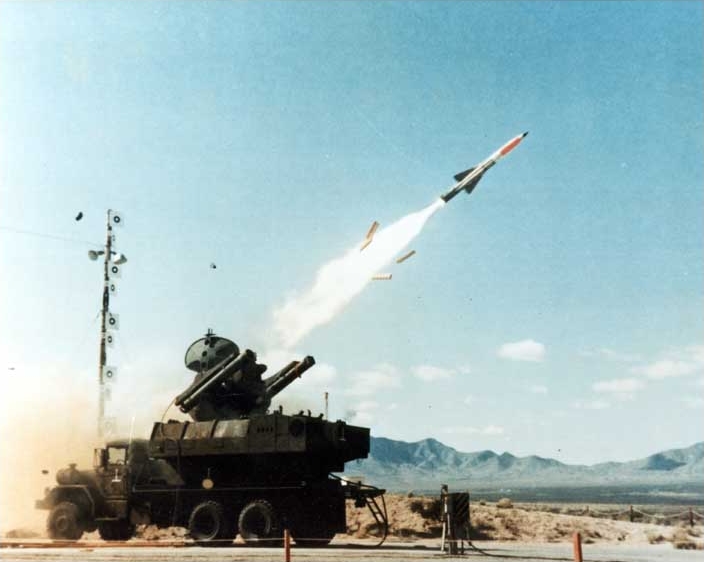“It is only the size of a dime, but the black words backlit on the square red light jumped at me larger than life – ‘SAM’. At the same time my WSO, Maddog, shouted ‘ROLAND’!” Capt ‘Hacker’ Haskin, 4th FW F-15E Strike Eagle pilot
A dual-role fighter with the capability of carrying out air-to-air and air-to-ground operations is the F-15E Strike Eagle which is equipped with a variety of avionics and electronics equipment that let it fight at low altitudes, day or night, and in any weather.
For more than ten years, the F-15E has served as the backbone of American and coalition operations in the Middle East. As part of Operations Northern Watch and Southern Watch, it has flown over northern and southern Iraq. As Coalition aircraft carried out this operation, Iraqi SAM and AAA emplacements were constantly being attacked by the Strike Eagle.
Operation Iraqi Freedom, which was started in mid-March 2003 to liberate the people and guarantee the destruction of Saddam Hussein’s purported weapons of mass destruction, marked the end of the USAF’s usage of the F-15E in the area. In the end, the F-15Es of the 4th Fighter Wing (FW) were used most frequently, taking out Iraqi armor before Coalition ground troops advanced and giving soldiers and Special Forces close air support (CAS) as they engaged the enemy.
In carrying out such missions, the mobile surface-to-air missile (SAM) threat remained very real for the first few weeks of the conflict despite the bad condition of the Iraqi integrated air defense system (IADS) and the battlefield preparations carried out by Coalition aircraft during Operation Southern Watch.
On March 31, 2003, while piloting a 4th FW F-15E, Capt. “Hacker” Haskin (pilot) and Capt. “Maddog” Farrell (Weapons System Operator, WSO) were tasked with hitting targets in a kill box near Baghdad city, according to Steve Davies’ account in his book F-15C/E Eagle Units of Operation Iraqi Freedom. The crew of the Strike Eagle (No. 2 of “Junker 67” flight), which was forced to descend below 14,000 feet due to bad weather, made numerous passes over the target area in an effort to find Iraqi Republican Guard vehicles, which were rumored to be present in large numbers.
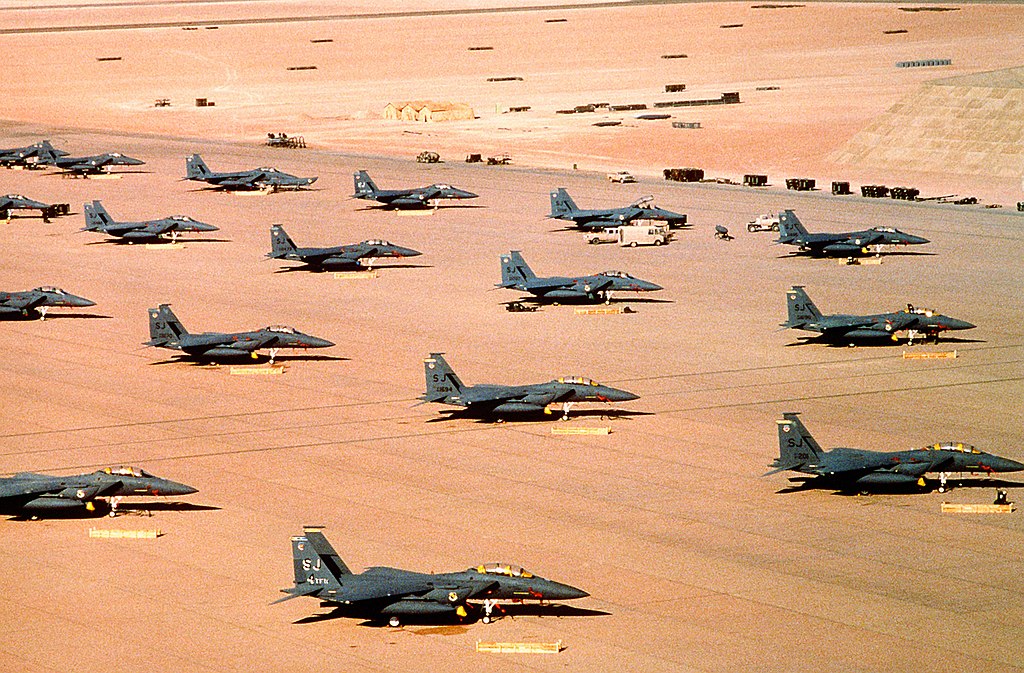
But on the third and final pass, all hell broke loose, as Hacker relates: “We were climbing up to conserve fuel on the way home, and I had barely finished my turn when the RWR (Radar Warning Receiver) screamed its stuttering wail in my headset. The noise chilled me to the bone – it was the missile launch tone. Before I looked at the RWR itself, my eyes cued in on the blazingly bright red warning light on the instrument panel, located just below the glare shield at eye level. It is only the size of a dime, but the black words backlit on the square red light jumped at me larger than life – ‘SAM’. At the same time my WSO, Maddog, shouted ‘ROLAND’!”
Two French-built Roland SAMs that ripple-fired one after the other had to be directed towards Junker 68.
Hacker recalls: “What was strange was that the RWR was telling me I was right on top of the SAM site. That wasn’t a situation we had really trained for back at Seymour Johnson, so I knew I had to get my eyeballs on the missile ASAP.
“My first move was to plug in maximum afterburner and make a hard turn 30 degrees to the right, dumping out two bursts of chaff, then another hard jink 45 degrees back to the left. At this point I was still at just under 400 knots – a good fighting airspeed – so I pulled the throttles back out of the blower. I didn’t want to present an overly ripe heat signature since at 13,000 ft I was also in a WEZ [Weapon Engagement Zone] for several IR-guided SAMs. I looked over my left shoulder and down the wing line at the target area, trying to visually acquire the missile in flight. Since the Roland is very fast, I knew I only had seconds to locate the missile and outmaneuver it. Unfortunately, I saw nothing. With the missile site most likely have been at my ‘low six o’clock’ position, the fuselage and wings would have been blocking my line of sight regardless of how much I was turning and jinking.
“My initial defensive moves out of the way, it was time to tell ‘Junker 1’ that I was getting shot at. Many times on this trip I’ve run into occasions where my training kicked in and I just reacted to circumstances without thinking about it. This, however, was not one of them! If it were a training sortie where we were practicing SAM threat reactions, I’d have said ‘Junker 2’s’ defending south. Mud Roland’. Instead, I simply blurted out – yelled, practically – ‘One Roland launch!’ with my Bullseye location, followed by ‘I don’t see the missile!’ over the intercom. Maddog was maintaining his composure much better than I was, saying simply ‘I don’t see the missile’ while twisting himself up like a pretzel in the back seat trying to turn around and see it.
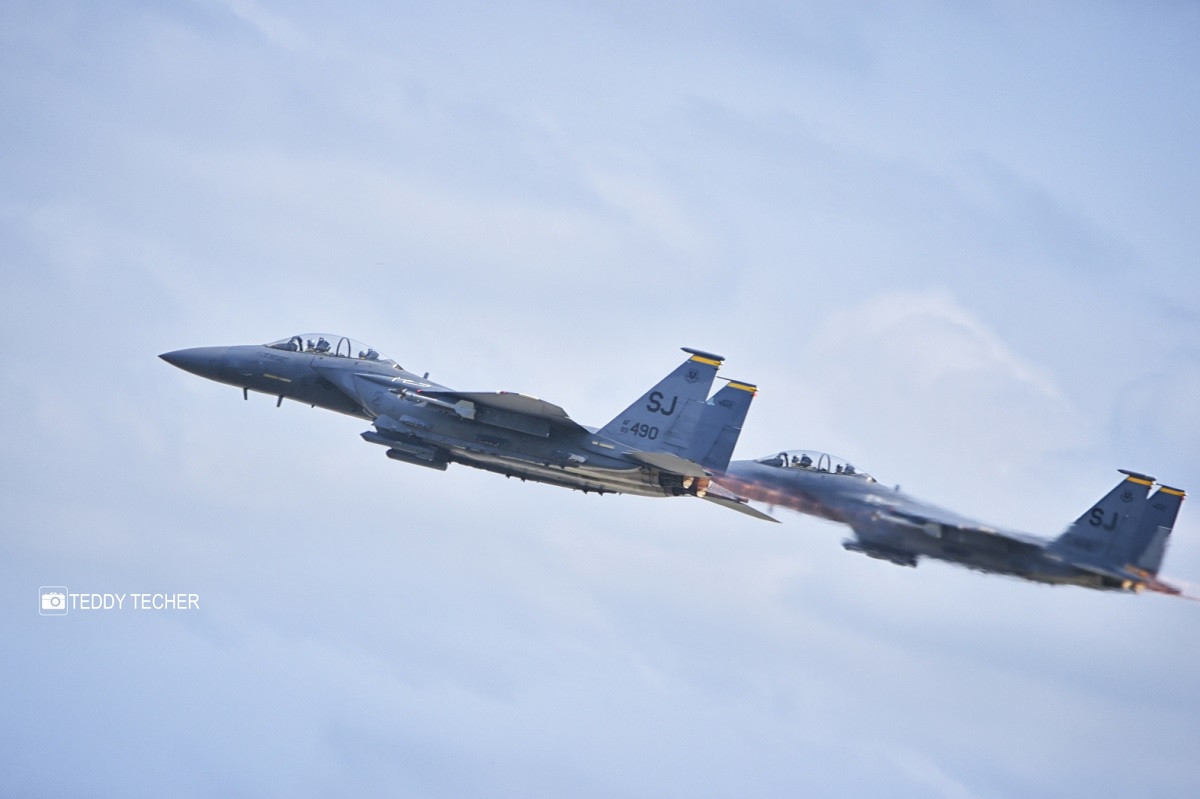
“After two more hard turns, many more chaff actuations, and even a few flares dropped, the Roland indication left my RWR scope. ‘Two’s naked’, I said and began to let out a sigh of relief that we were still flying and, apparently, had neither been launched on nor evaded the missile.
“Almost as quickly as it had gone away, the Roland symbol flashed on my scope again, this time at my very close ‘six o’ clock’. The missile launch tone also returned to my headset. I continued pumping out the chaff and modified my maneuvering. Although the electronics were telling me that there was a missile in the air, neither of us could see one.
“Maddog and I were going through the same thought processes, evidently, because as my left arm moved off the throttles and toward the combat jettison button on the lower left instrument panel, he commented, ‘Think about the tank’. Dropping the external fuel tanks lightens the airplane’s weight, reduces drag, and improves maneuverability – all things that I want while I’m fighting a missile shot at me. With my left index finger I punched the red button once, and with a satisfying little ‘clunk’, much like the feeling when a 500-lb bomb is dropped, the tanks fell away from the wing stations. Looking back to my ‘six o’clock’, and with the jet in a hard right 90-degree bank, I saw the light grey tanks bobbling end-over-end through the air as they dropped away.
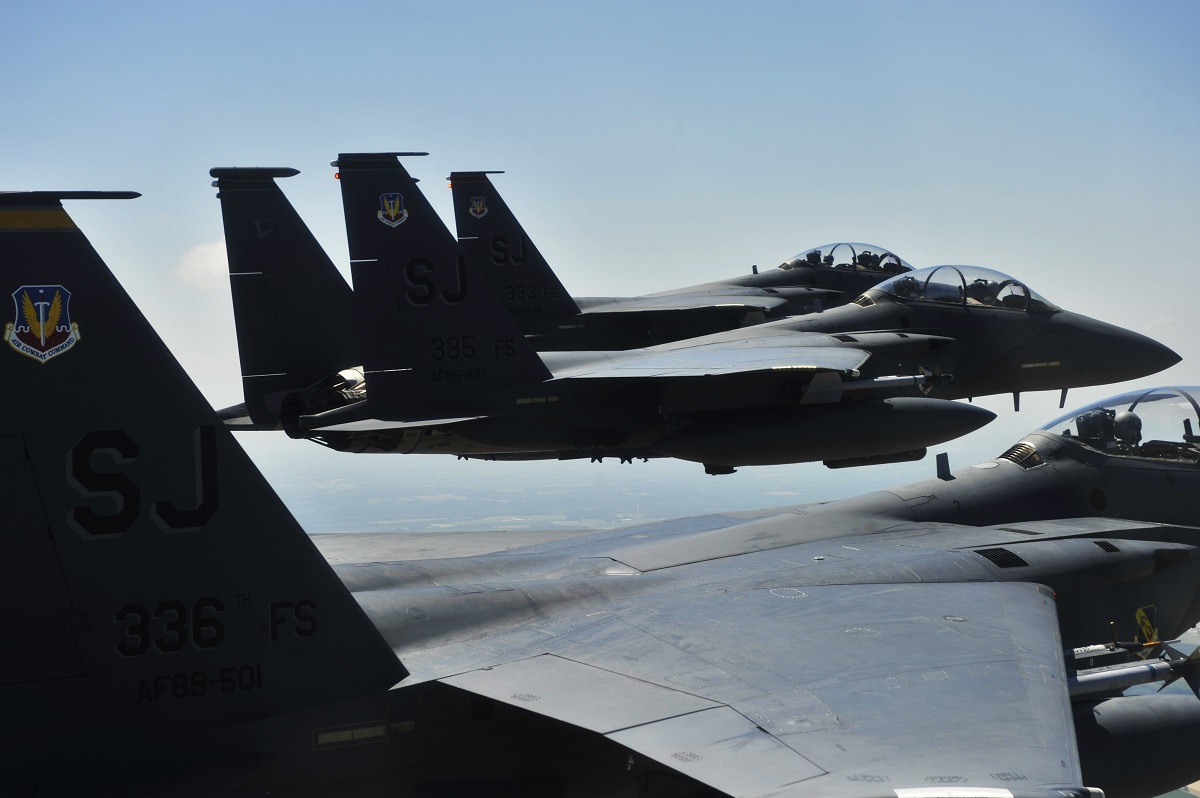
“More chaff and maneuvering followed, and eventually my RWR went quiet. I was still frantically looking for the missiles, but I never saw them. My flight lead after the sortie commented that he watched both missiles zip up toward us from below, leaving two white smoke trails, then detonate on chaffless than a mile behind us.
“I can’t help taking being shot at personally. Many times, flying airplanes and dropping bombs seems a very impersonal way to fight. This time, however, it feels like it was mano-a-mano – me versus the SAM operator – and I won. It’s just too bad that I couldn’t go back and cram a ‘500-pounder’ down his throat as a going-away present to the loser of the fight – I was too low on fuel!”
Cockpit Voice Recording Transcript of the Roland Incident
2A = Capt Haskin (pilot)
2B = Capt Farrell (WSO)
1A = Flight lead (pilot)
2A: Five (seconds to bomb drop)
2B: Negative (WSO cannot capture target in TP)
2A: Okay
(RWR Launch Tone)
2B: Roland!
2A: (Under G) Chaff, Chaff
2B: (Grunting) I didn’t see the missile
2A: (UHF2) One, Roland launch, bullseye…
2B: Chaff
2A: (UHF2) … 161 for 80
2A: (UHF2) I don’t see the missile
2B: I didn’t see it, either
2A: (UHF2) Two’s naked (No RWR indications)
(RWR Launch Tone)
2B: Roland Launch
2A: (UHF2, under G) Two’s Roland launch, still 162 for 82, BRA 030
2B: (Under G) Think about the tanks…
2A: (Still under G) Jett! Tanks are gone
2A: (UHF 2) Two’s naked
1A: (UHF 2) One’s naked
2B: Dude, I’m tempted to go back there and f***in’ kill ’em!
2A: No way, man!
2B: (Laughing) Ya big p***y!
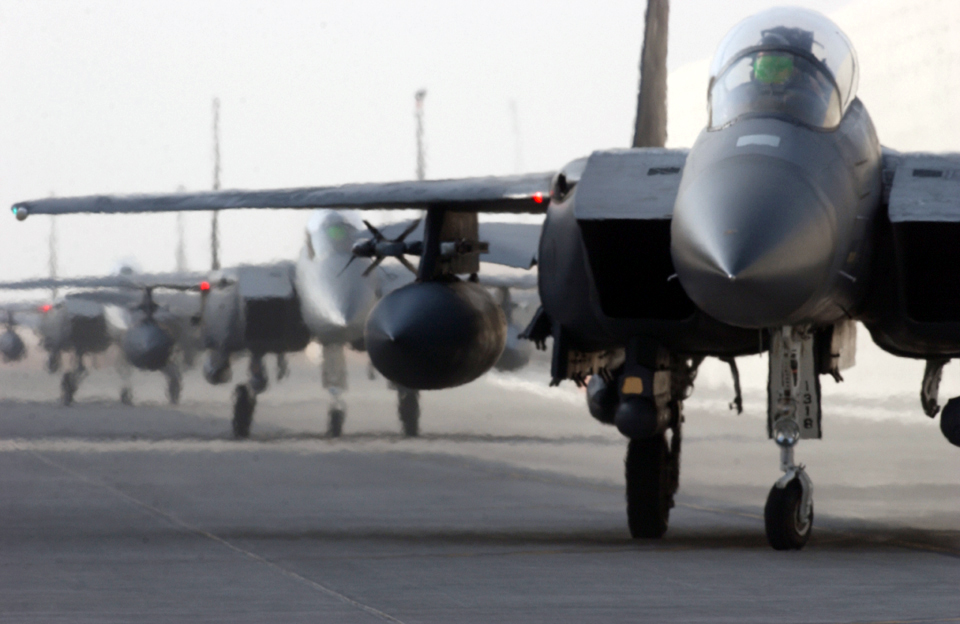
The crews of the 4th FW were starkly reminded by this and other similar close encounters with death that the Iraqi Republican Guard was more than capable of retaliation under the right circumstances.
Photo by Staff Sgt. Eric Harris, Senior Airman Rae Perry, and Master Sgt. Terry L. Blevins / U.S. Air Force, U.S. Army, and Teddy Techer


